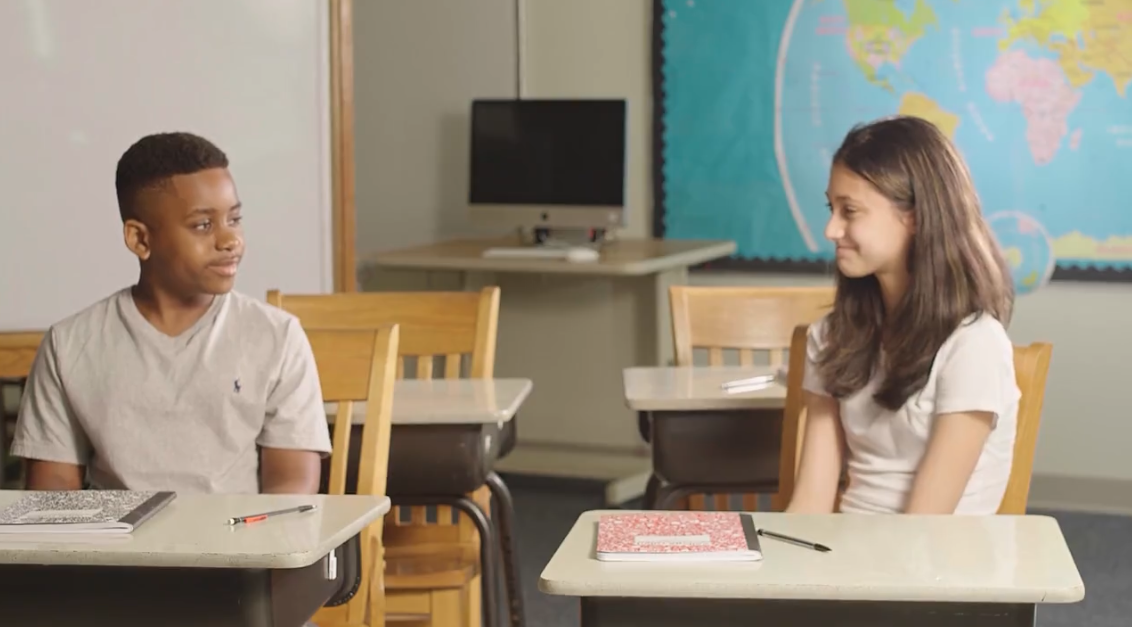Introduction
Educators working with students in Special Education understand the importance of developing social skills, including non-verbal communication. One essential aspect of non-verbal communication is eye contact, which can be challenging for some students. In this blog post, we will discuss strategies to help students develop comfortable eye contact and visual referencing skills while staying true to themselves.
No-Prep Activity
A simple, no-prep activity to help students practice eye contact and visual referencing is the “Eye Contact Game.” This game can be played in pairs or small groups and requires no materials. Here’s how it works:
- Students sit facing each other in pairs or in a small circle.
- One student starts by making eye contact or using visual referencing with the person next to them for a few seconds.
- The second student then makes eye contact or uses visual referencing with the next person, and so on.
- As the game progresses, encourage students to take breaks and look away when they need to.
- The game continues until all students have had a chance to practice making eye contact or using visual referencing with their peers.
This activity allows students to become more comfortable with making eye contact and using visual referencing in a fun, low-pressure environment.
Discussion Questions
- Why is eye contact or visual referencing important in communication?
- What are some strategies you can use to make eye contact or visual referencing more comfortable for you?
- How does noticing someone’s body language help us understand their feelings and emotions better?
- What challenges might some people face when trying to make eye contact or use visual referencing?
- How can we support and respect each other’s unique ways of expressing ourselves through non-verbal communication?
Related Skills
In addition to eye contact and visual referencing, there are other social-emotional learning skills that educators can help students develop. Some related skills include:
- Active listening: Encouraging students to focus on the speaker and demonstrate that they are paying attention.
- Body language: Helping students understand and interpret non-verbal cues, such as posture, facial expressions, and gestures.
- Empathy: Teaching students to put themselves in another person’s shoes and understand their feelings and emotions.
- Social problem-solving: Guiding students in identifying problems and generating potential solutions in social situations.
Next Steps
Now that you have learned about teaching comfortable eye contact and visual referencing skills, you may be interested in exploring more social-emotional learning resources for Special Education students. We encourage you to sign up for free samples of the discussed skill and others at Everyday Speech. These materials can help you provide effective, engaging, and meaningful learning experiences for your students.






